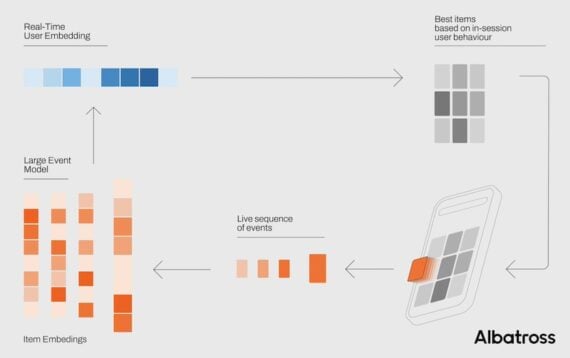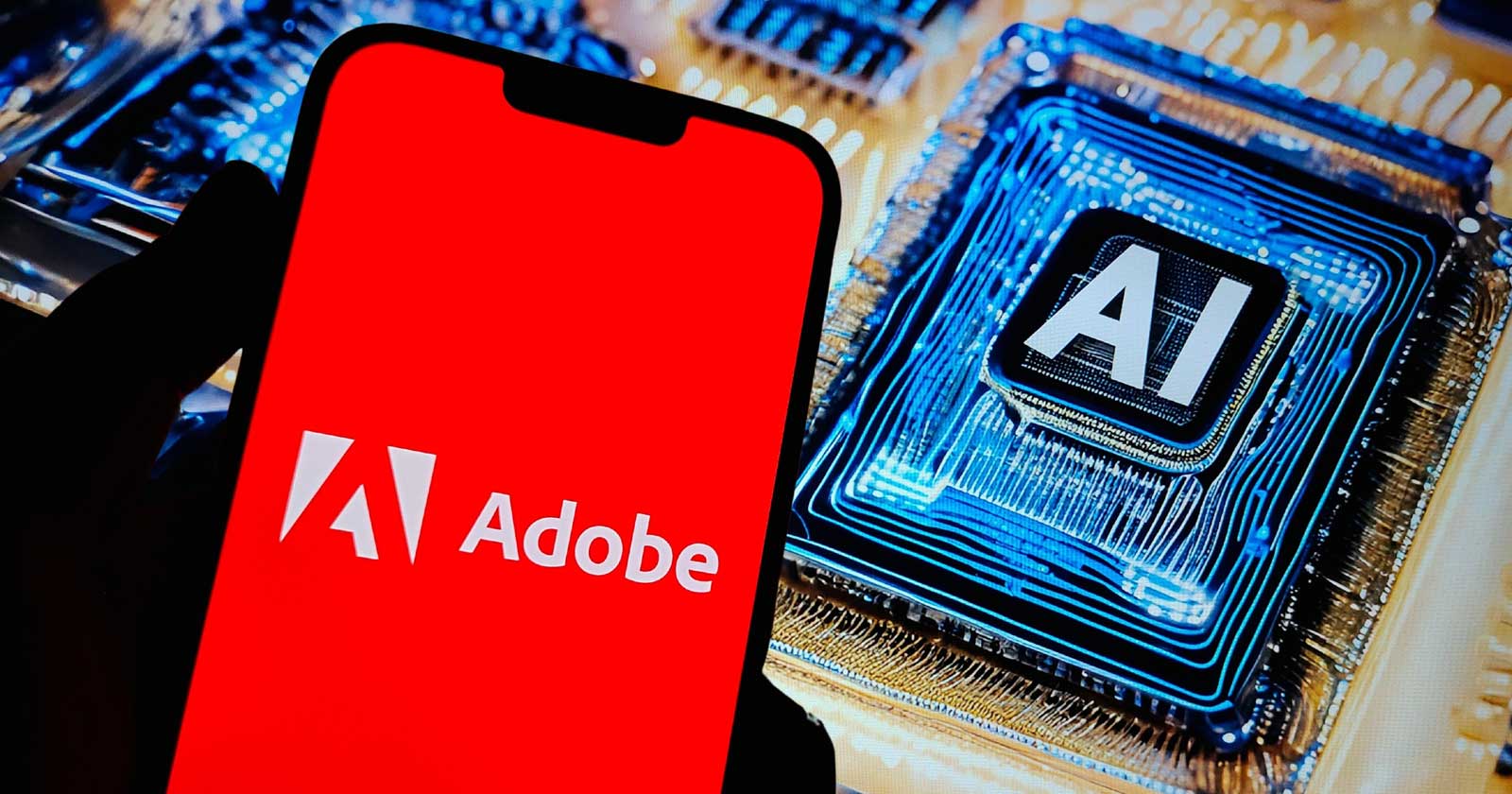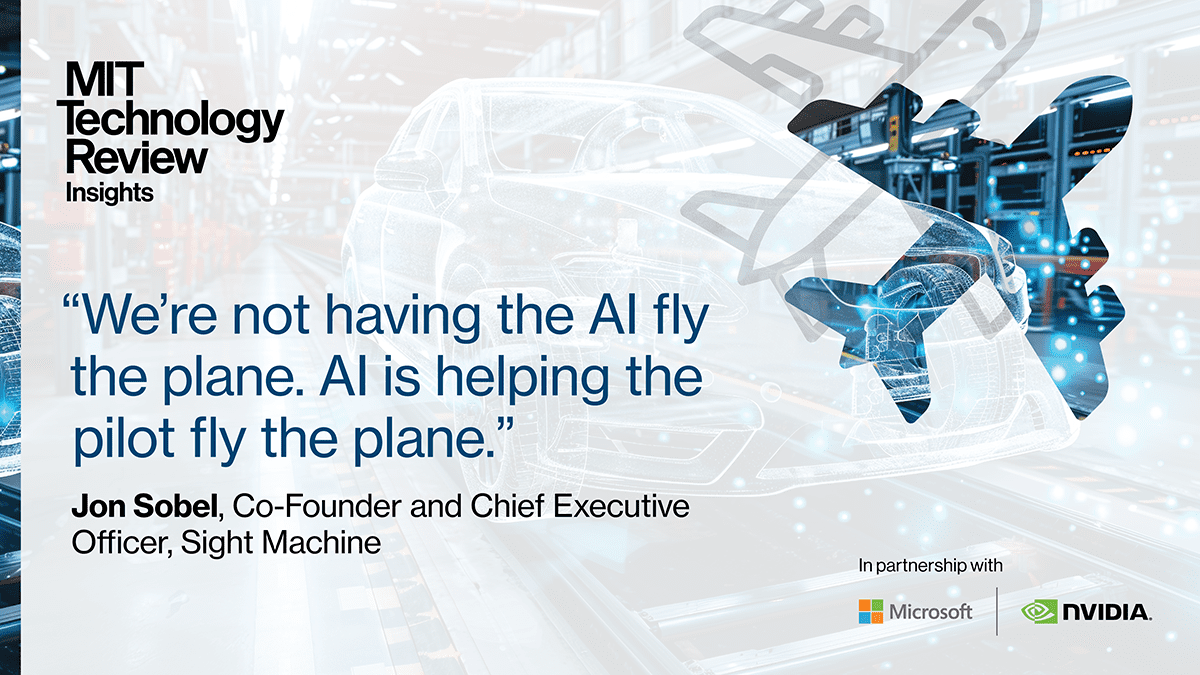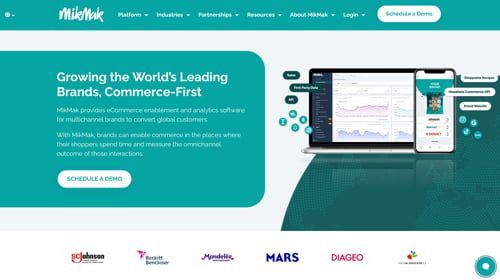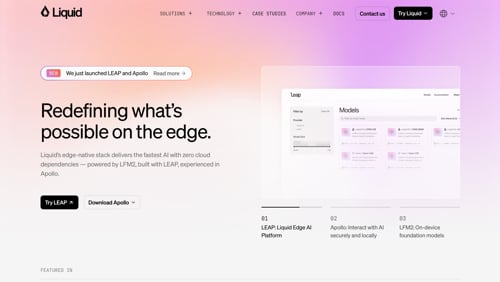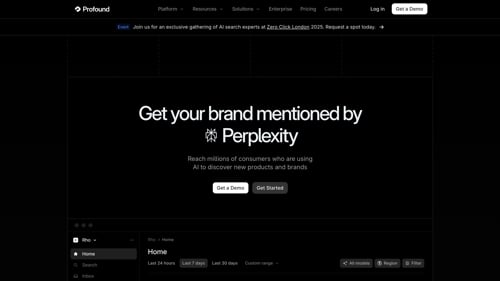In SEO, we are at a turning point, and after more than a decade of chasing rankings and traffic volume, many of us are beginning to recognize the need to have a broader and more meaningful conversation about what “success” really means in SEO.
This article reflects on how these conversations are evolving, why the older definitions are no longer sufficient, and how we can reposition the success metrics we use so that they better align with business value and reflect the reality of changing search behavior.
Narrow Success Window
For many years, success in SEO was defined in fairly narrow terms, where we measured how many keywords ranked in the top 10 or top three, and reported increases in organic sessions, improvements in domain authority, or growth in backlink counts.
These were tangible, easy to track, and often felt convincing in boardroom conversations, but underneath the surface, the limitations of this approach were already apparent.
Rankings, while useful, are ultimately vanity metrics, and if they improve without leading to increased clicks or qualified traffic, or if visitors arrive but never become leads or drive revenue, the SEO team may appear successful, but the business does not necessarily benefit.
We must now begin with the end in mind, asking what the business goal truly is, what value each new lead brings, and how the website supports those aims. The classic metric stack was keyword positioning to impressions, to clicks, to organic traffic, and possibly to conversions, but it no longer reflects the full story, and we need to think more holistically.
Why This Conversation Needs Updating
Several forces are now converging that make the older success yardsticks less reliable, and search behavior is one of the most prominent.
People increasingly expect fast, direct answers, and search engines now deliver results that provide those answers immediately through formats that do not always require a click, such as “zero-click” results.
This significantly changes how we measure success, because if users receive what they need without visiting a site, traditional click-based metrics lose much of their relevance.
The attribution chain is growing more complex, as organic traffic often plays a role early in the decision-making journey or supports brand engagement later in the funnel. The connection between a search visit and a tangible business outcome, such as a sale or a lead, can be indirect, span time, or be difficult to track with confidence.
At the same time, the data itself is becoming noisier and harder to interpret, with increasing levels of bot traffic, variations in device usage, growing privacy constraints, and changes in how users interact with results.
Metrics such as bounce rate, time on site, or even click-through rate are now more vulnerable to misinterpretation.
Expectations of SEO teams have also changed, and we are being asked to deliver clear business value, not just improved rankings. If we are still tracking only vanity metrics, we may be missing the real impact. We need to connect our work directly to outcomes such as revenue, visibility among key audiences, and genuine customer engagement.
It is no longer enough to say that traffic is up by 20%. We need to ask what that increase means for the business and whether those visitors were qualified and led to a meaningful result.
Repositioning Success: What The Conversation Should Focus On
To define SEO success more accurately, we need to reframe the conversation entirely. These are the dimensions I now focus on.
Business Alignment
Real success begins by aligning SEO activity to business outcomes. If the objective is to capture high-value enterprise leads, then reporting traffic to low-intent blog content is no longer meaningful.
Instead, we need to set goals that are measurable, commercially relevant, and clearly linked to strategic priorities, ensuring the SEO team contributes to those priorities in a language leadership understands. When we do that, the conversation shifts away from keyword counts toward the broader question of how much value organic search adds to the business.
Quality Over Quantity
While traffic volume still has its place, we need to move beyond surface metrics and focus on the quality of visitors, whether they reflect the right intent, whether they engage with content meaningfully, and whether their behavior suggests a pathway toward a business outcome.
Metrics such as engagement depth, lead generation rate, and alignment with target personas tell us far more than raw traffic alone. The question we now ask is whether the right people are finding us and taking action once they do.
Visibility And Market Share In Search
It is not enough to rank well for a few hand-picked terms.
Visibility in search today is about occupying the right positions across a much broader landscape, reaching our audience at various moments of need. This includes winning impressions across multiple query types, appearing in rich results and featured formats, and maintaining a presence that reinforces our authority.
The more we dominate relevant search journeys, the more we influence the market, even when that influence is not reflected in click metrics alone.
Attribution And Value Tracking
We must tie SEO performance directly to measurable business value, whether that is leads, revenue, brand visibility, or contribution to a broader customer lifecycle. That requires stronger analytics frameworks, and the discipline to identify and follow the signals that matter most. Instead of obsessing over rankings, I now focus on the question of how many of our business outcomes can be reliably influenced or supported by organic search, and what that influence is worth.
Adaptability To Search Evolution
Search is no longer static, and with the rise of AI, direct answers, voice, and structured data, our measurement frameworks must evolve just as quickly.
Success might mean gaining impressions in key places, even if those impressions do not always convert directly.
We may see lower click-through rates because our content is being used in answer boxes or overviews. Rather than viewing this as a failure, we should ask whether we are still present, whether our brand remains visible, and whether we are feeding into the new ways people search for and consume information. That adaptability is part of long-term success.
Practical Steps To Have This Conversation
To reposition the conversation, we must first return to the strategic context.
What does the business want to achieve in the next six to 12 months? Growth, market expansion, brand credibility, operational efficiency?
Whatever the goal, we need to ask how organic search supports it, and we must agree early on what success will look like.
This means defining shared metrics that matter. We might look at the percentage of relevant traffic, the number of qualified inbound leads from organic, the revenue pipeline influenced, or the share of voice in a competitive space.
These metrics need to be discussed, agreed upon, and tracked collaboratively. Once we know what matters, we can classify our metrics as leading indicators, lagging outcomes, and diagnostic signals, ensuring we track progress meaningfully from awareness through to value delivery.
When we report results, we must do so in business terms. Rather than quoting percentage increases in traffic, we need to say what that traffic represented, such as how many people matched our target buyer personas, how many converted into something valuable, and what that means in financial or strategic terms.
We also need to acknowledge the complexity of attribution, explaining what can and cannot be measured with precision, and why. When traffic rises but clicks are flat due to zero-click results, or when awareness improves without immediate leads, we need to explain what those patterns mean and what the underlying story really is.
This process should not be static. As search evolves and business priorities shift, we must revisit our KPIs, our assumptions, and our methods. A flexible, open approach builds trust and keeps SEO positioned as a strategic partner rather than just a technical service.
A Case For Reframing Success Now
It is no longer a question of if we should change how we define success in SEO, but when. The risks of holding onto outdated metrics are serious. If we keep measuring keyword rankings and traffic counts, while the business cares about conversion, revenue, and growth, then we risk being seen as disconnected or misaligned.
The result is often loss of confidence, shrinking budgets, and missed opportunities.
But if we reframe how we measure and report success, we gain influence, relevance, and longevity. We align better with leadership goals. We allocate effort where it has the most impact. We stay ahead of search evolution. And most importantly, we build a case for the enduring value of SEO in any business context.
What This Means In Practice
In practical terms, this shift means reporting not only what ranks but what that visibility delivers. When I report on keyword positions, I explain the monthly search potential and the conversion rate of the landing pages they drive. When I talk about traffic growth, I segment it by intent and persona fit, and I show how that growth affects demo requests, contact forms, or sales-qualified leads.
If the click-through rate falls but featured snippets rise, I report the increased visibility and link it to changes in branded search or engagement with our wider content. If backlinks increase, I focus on their relevance and domain quality, and I explain how they influence brand signals and domain authority. Every number I report should tie back to business relevance, not technical vanity.
Final Thoughts
We are long overdue for a new understanding of what SEO success really means. As behavior changes, as platforms evolve, and as expectations increase, we need to be ready to tell a better story – one that shows our work is about value, not vanity.
The results that matter most are the ones that serve the business, influence the market, and build a sustainable presence over time.
If you have been in this industry for a while, now is the moment to lead that shift. Bring your leadership into the conversation.
Ask the right questions. Set the right metrics. Build a measurement framework that makes SEO impossible to ignore.
Because when we position ourselves as strategic contributors and not just technical operators, the work we do will finally get the recognition it deserves.
More Resources:
Featured Image: Vitalii Vodolazskyi/Shutterstock
